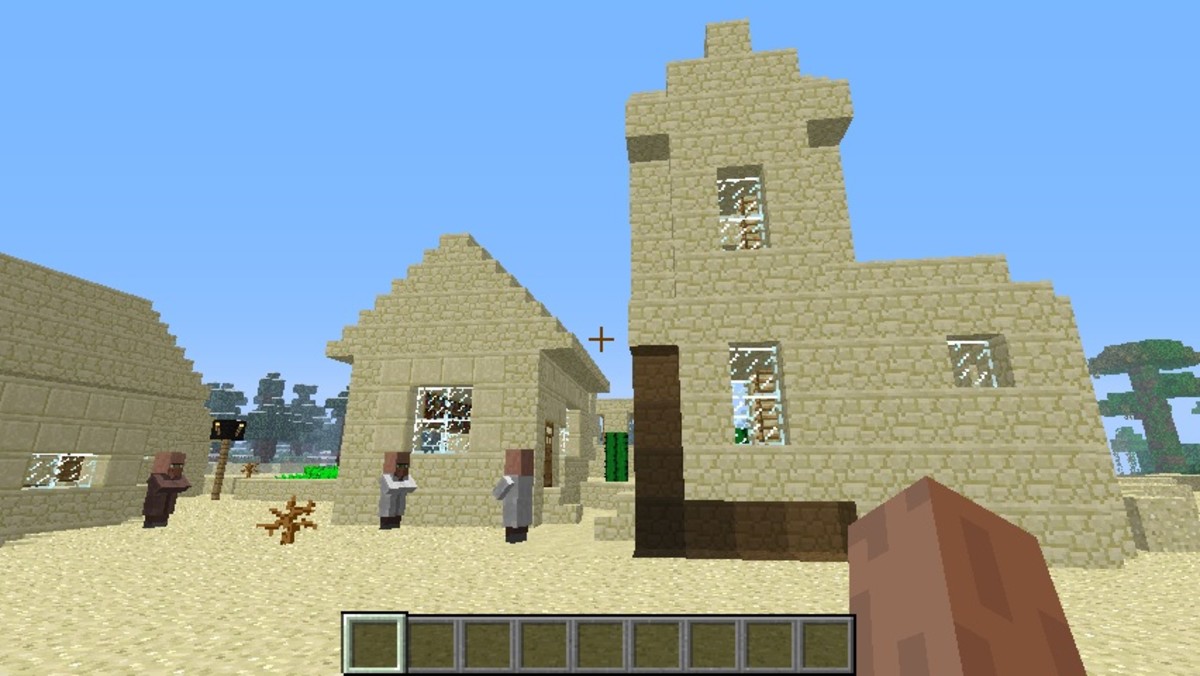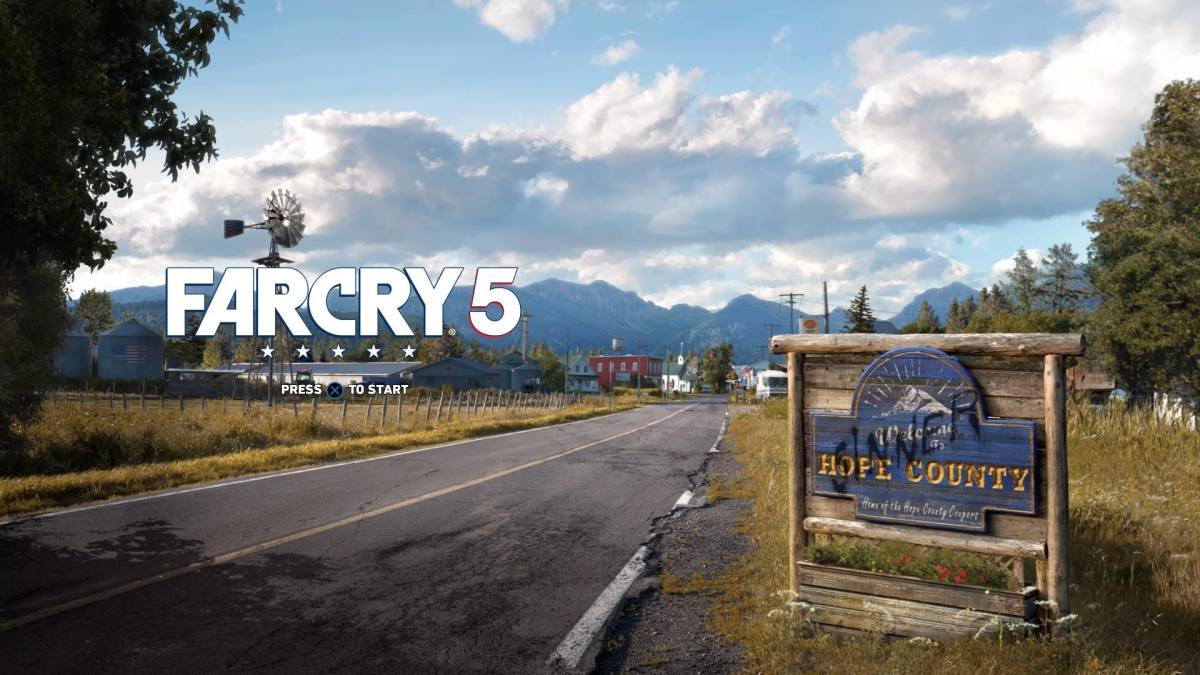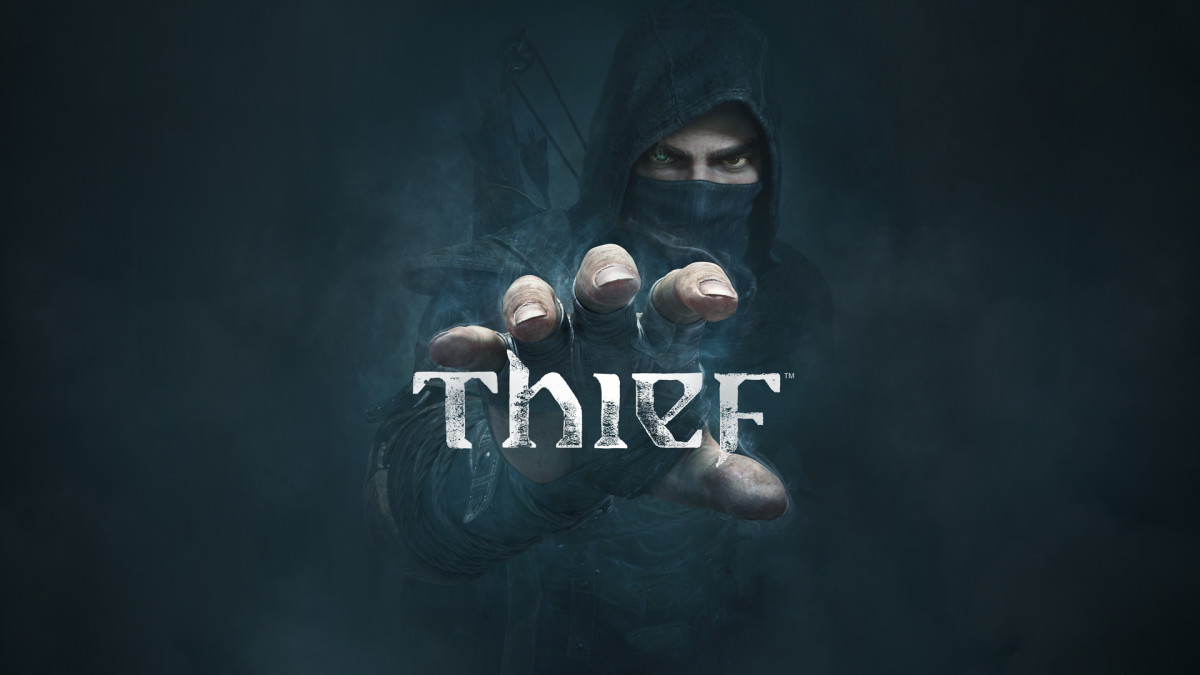Dying Light - Review
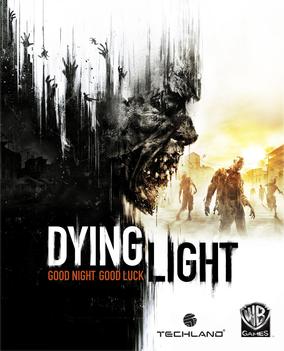
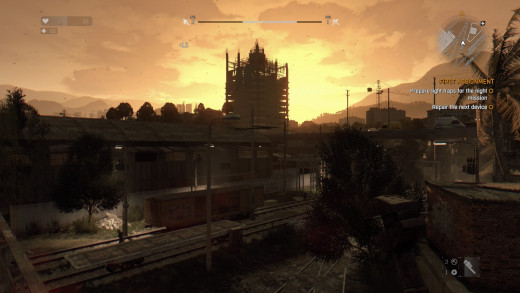
Zombies, open-world games and characters with incredible parkour skills: the three clichés of modern, big-budget games design. Best of all, Dying Light manages to incorporate all three. This is developer Techland’s third attempt at creating a zombie themed open-world RPG, after the less than successful attempts with Dead Island and Dead Island: Riptide, and it’s about what you’d expect if you’ve played either of those games.
Strip away the new features and improved visuals and this is very much Techland’s shot at “Dead Island 3”. Zombies litter the streets of Harran, a bland, fictional city that’s presumably meant to be in the Middle East. You play as Kyle Crane, a government agent tasked with obtaining some secret documents that are somewhere in the city.
Recounting anymore of the story would be pointless because Dying Light’s script is abysmal, full of asinine characters and laughably childish dialogue. What’s worse though, is the fact that the plot is played straight, with no attempt at a funny wink, wink b-movie vibe like Resident Evil.
The gameplay meanwhile…has all the problems that Dead Island had. Zombies come shuffling towards with absurd levels of health, needing upwards of six or seven hits to the head with a wrench to take down. Given the focus on melee combat, it’s bizarre that weapons feel so limp and lifeless. Sure, they’ll be bucket loads of blood gushing everywhere, as you continue to wail away at your target, but it ends up feeling like a massive chore just to take one down.
In one sense at least, this would appear intentional. The biggest tweak Dying Light adds to its core gameplay is the parkour system. Enemies are meant to be avoided as much as they are confronted, namely by leap-frogging from building to building so they can’t get their hands on you. It’s something of a mushy, imprecise system, with some things being easy to grab onto and others not so much. Don’t expect the same crisp responses you got from Mirror’s Edge (the game Dying Light clearly got its inspiration from).
The biggest problem though, comes in how these two game mechanics interact. Zombies are tough, and combat is deliberately awkward in order to encourage parkour. Yet, the game frequently puts you into situations where you’re forced to take down hordes of the undead, resulting in bouts of frustration as you strike at enemies with your ineffectual and unsatisfying melee weapons.
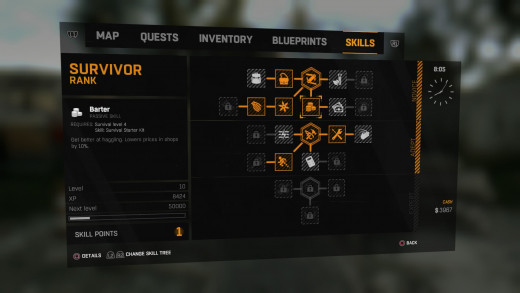
Added to all of this is a crafting system that manages to appear far more confusing than it actually is. Junk found strewn around Harran can be crafted into health kits, Molotov bottles and the like. It’s a predictable system, but one that manages to appear needlessly complicated thanks to some poor menu designs and stat screens that bury all the important information, like the strength of your weapon, in the bottom corner of the screen.
Likewise, Techland’s decision to have your weapons constantly break is baffling. If fighting a zombie wasn’t already frustrating enough, you constantly have to contend with your crowbar, pipe or machete failing on you in the middle of combat. Weapons in Dying Light have the constitution of wet toilet paper, needing to be patched up after merely one or two encounters. Worse still, weapons have a limit to how many times they can be fixed up, meaning you’re constantly having to cycle through equipment.
It makes for a gameplay element that, in reality, is nothing more than a chore. Scanning around rooms just to find another underpowered knife or wrench doesn’t create any level of excitement. Techland would appear to want Dying Light to be something akin to a survival horror game, but, when you spend the majority of the time cursing that nothing works, you’re never suitably immersed.
Dying Light’s other aspect is its day and night system. If zombies in the day are bad enough, the ones that come at night are even worse, being faster and even more resilient, forcing you to seek shelter in a safe house for the night. Players willing to brave the dark are rewarded with extra experience points, which are used to level up in the game’s three skill trees.
In one sense, this is Dying Light finally doing something interesting. It’s certainly intimidating to creep out in the dark only to have a pack of howling monsters on your tail, and a horde of shuffling undead in front of you. Yet, at the same time, the whole experience feels completely shallow. Combat is bad and poorly designed so you avoid it by running away, the monsters at night are too strong so you avoid them by running away, weapons break so you avoid fighting by…you guessed it, running away.
The game features a standard main quest line that’s filled with bland “go here, press a switch” type of quests, along with a bevy of side missions. Credit to Techland, they at least contextualize the side missions with some backstory; whether it be getting meds for a sick person back at a safe house, or restarting some of the city’s power stations, but the voice acting is so poor and the world so bland and dull that you simply don’t care about any of it.
The main quests get even worse as the story progresses, with the introduction of fire arms forcing you into some dreadful first-person shooter scenarios that the game was never equipped to deal with. Once again, the game introduces a new element (guns) only to punish you for using them (the loud noise will frequently attract hordes of infected).
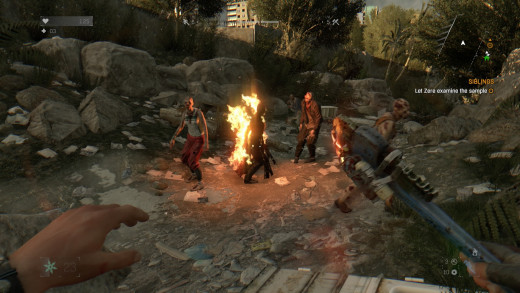
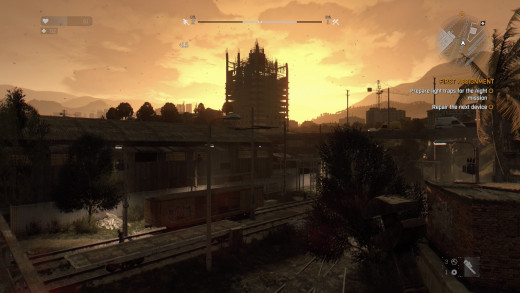
The option to play online does little to mitigate Dying Light’s problems. The “Be The Zombie” is also a minor distraction that allows you to invade other players’ games as a super-powered monster and hunt them down, a la Dark Souls, but finding a game with other players is next to impossible.
The problem with Dying Light is its utter unoriginality. Its ideas are pulled from just about every game released in the past six years; Mirror’s Edge, Far Cry 3, Dead Rising, Borderlands; it simply has no unique concept of its own. Worst still, the game’s very mechanics manage to contradict one another; the parkour platforming pulling one way, the combat, zombies and RPG elements the other.
Mirror’s Edge meets zombie apocalypse sounds like an interesting sales pitch, but the resulting game is a convoluted mess. If you’re desperate for some first-person platforming, then Dying Light’s is at least passable. If however, you like fun in your zombie survival games, instead of mind-numbing repetition, this is one that’s best avoided.
Dying Light was released 27th February for the PS4, Xbox One, PC & Linux.
This review is based on the PS4 version.
© 2015 LudoLogic

